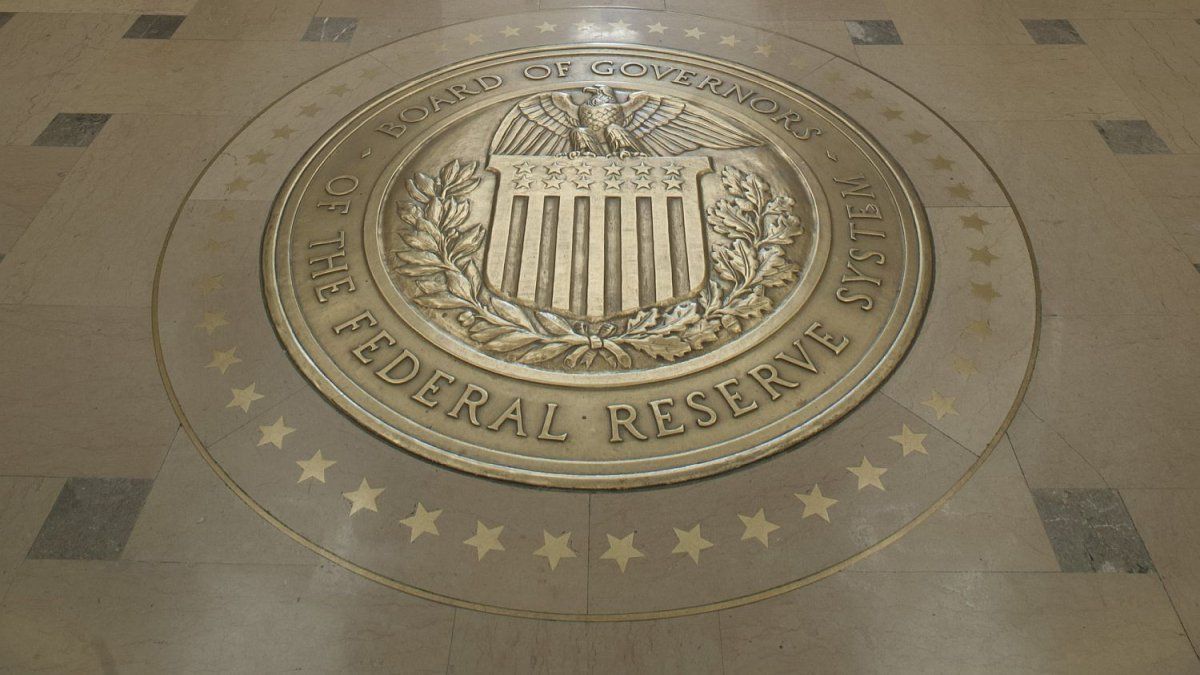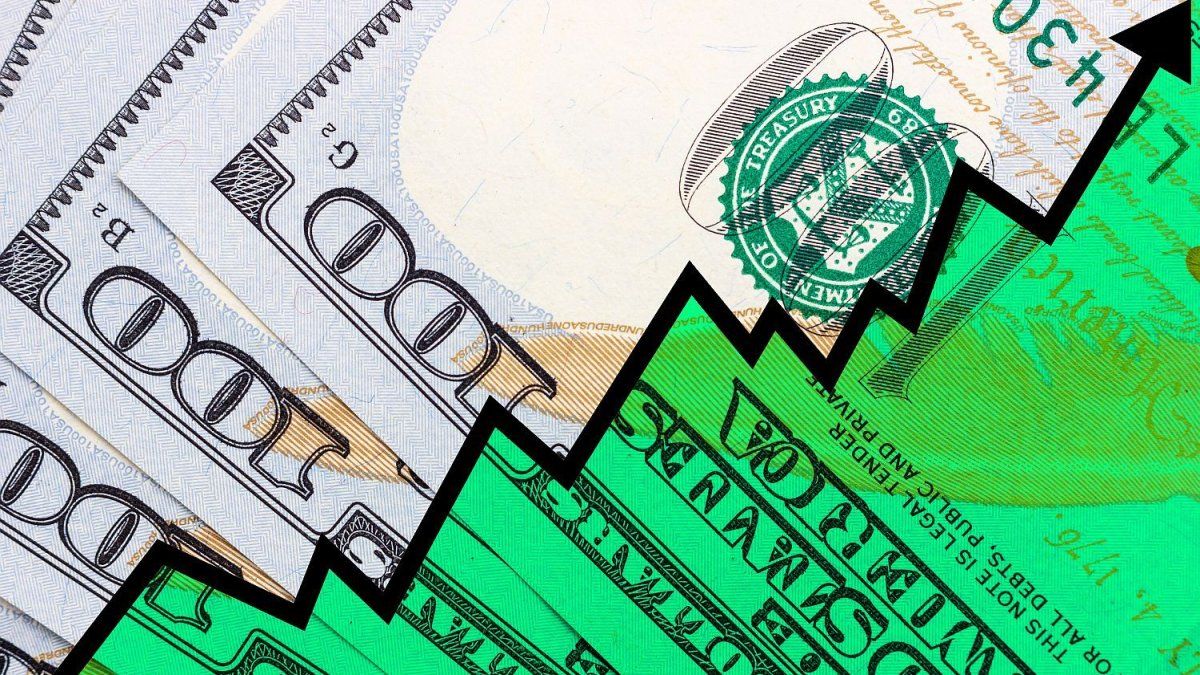For months now, the North American market has been anxiously awaiting the First rate cut by the Federal ReserveThe logical concern is that the Fed don’t go overboard and create a recession with your restrictive stance. The problem is also that, as soon as the country’s top financial institution showed itself more dovishinflation has picked up. That’s why Powell doesn’t want to make a false move.
However, The June inflation data was very encouraging, paving the way for the Fed to begin to reverse its restrictive cycle. The monthly headline index showed deflation of 0.1%, and core inflation, which excludes energy and food prices, surprised with an increase of just 0.1% (vs. 0.2% expected). Even more importantly, the PCE, which is the Fed’s favorite measure, reached a year-over-year change of 2.6%, coming considerably closer to the final target.
However, at the closing meeting in July, The Fed kept its benchmark rate in the 5.25%-5.50% range. They said that while inflation data was positive, they needed to see more information to confirm that they had won the fight against price dynamics. They also said that activity remained strong and that the risks between inflation and unemployment were balanced, so they did not believe there was any danger in remaining restrictive.
fed federal reserve powell.jpg
Federal Reserve
At this point, it seems appropriate to highlight that authoritative voices such as that of William Dudleyformer president of the New York Fed, warned that being cautious was as dangerous as being anxious. In his view, there are sectors of the economy that show sufficient signs to favor the pivotand waiting until September might be too long. Given that the effects of monetary policy have a lag, it is true that postponing cuts increases the likelihood of a recession.
In this context, On Friday, a jobs report came out that shook the market (From Friday to Monday the S&P 500 fell 4.8%, the Dow Jones Industrial Average 4.1% and the Nasdaq 5.8%, with deeper declines in Monday’s intraday trading.) The unemployment rate hit 4.3%, when it was expected to remain unchanged at 4.1% as it had been the previous month.
In turn, Only 114,000 new jobs were created, the lowest figure since December 2022 if we exclude April of this year. The market was expecting 175,000. Perhaps most worryingly, this jump in the unemployment rate triggered the Sahm Rule, considered an infallible recession indicator. It is worth remembering that this is triggered when the three-month moving average of the unemployment rate rises by 50 bps or more, compared to the lowest three-month moving average of the previous twelve months, and so far it has had 100% accuracy in its forecasts since 1970. The market reaction also meant that, after a jump in demand for 2-year Treasuries, the curve uninverted, another event that usually occurs at the beginning of a recession.
If we add to this that the manufacturing activity data came in well below expectations (46.8 vs. 48.8 expected and 48.5 previous for the ISM Manufacturing and 47.4 vs. 49.0 expected and 49.3 previous for new orders) and durable goods orders fell 6.6% when a 0.1% increase was expected, the market reaction becomes more understandable. For agents it was evident that the data caught the Fed “on the wrong foot”. hard landingwhich had been ruled out months ago, is back on everyone’s lips. This has led to numerous speculations regarding the Fed’s future actions. The market began to to price a 100 basis point drop in just three meetings this year. There was talk of a intermeeting in August or a 50 bps shock in September. In short, emergency measures were expected but never came.
The reality is that the Fed withstood the pressure, and time has left it in a better position. To complement the already known second quarter growth data, which had come in at a spectacular 2.8%, came the data on activity in the services sector. This showed a resounding resilience (51.4 vs. 51.0 expected and 48.8 prior for ISM Services and 52.4 vs. 49.8 expected and 47.3 for New Orders), reinforcing the idea that the economy remains buoyant, and it served as a calming factor for the markets, which rebounded in relief.
Besides, When digesting the employment data, it can be seen that there was an increase of 0.1 percentage points in the participation rate, which partially explains the increase in the unemployment rate.
In any case, it is worth asking whether it makes sense for the Fed not to have reacted. After all, a sharp fall in the markets could generate a financial problem that would drag down the economy. The truth is that the Fed must ensure price stability and the level of employment. A priori, what happens in the financial market is secondary. Perhaps, if the problem had escalated, we would have seen a more active Fed.
In fact, we don’t have to go back too far in time to remember a similar event. In the regional banking crisis of 2023, which meant the end of some entities such as Silicon Valley Bank, First Republic Bank and even a historic bank like Credit Suisse, the Fed played an active role. In this case, which began as a result of the rate increases imposed by the Fed, which impacted the bond holdings of these banks and their liquidity levels, the Fed, together with the Federal Deposit Insurance Corporationwas responsible for bringing calm and stability.
At present, with such a close reminder in time terms, it is to be expected that financial/pension institutions maintain a risk management that is sufficiently robust to cope with a moderate decline in equity prices such as the one observed. In other words, without a significant credit event with risk of contagion, it seems sensible for the Federal Reserve to maintain its neutral stance.
Source: Ambito
David William is a talented author who has made a name for himself in the world of writing. He is a professional author who writes on a wide range of topics, from general interest to opinion news. David is currently working as a writer at 24 hours worlds where he brings his unique perspective and in-depth research to his articles, making them both informative and engaging.




